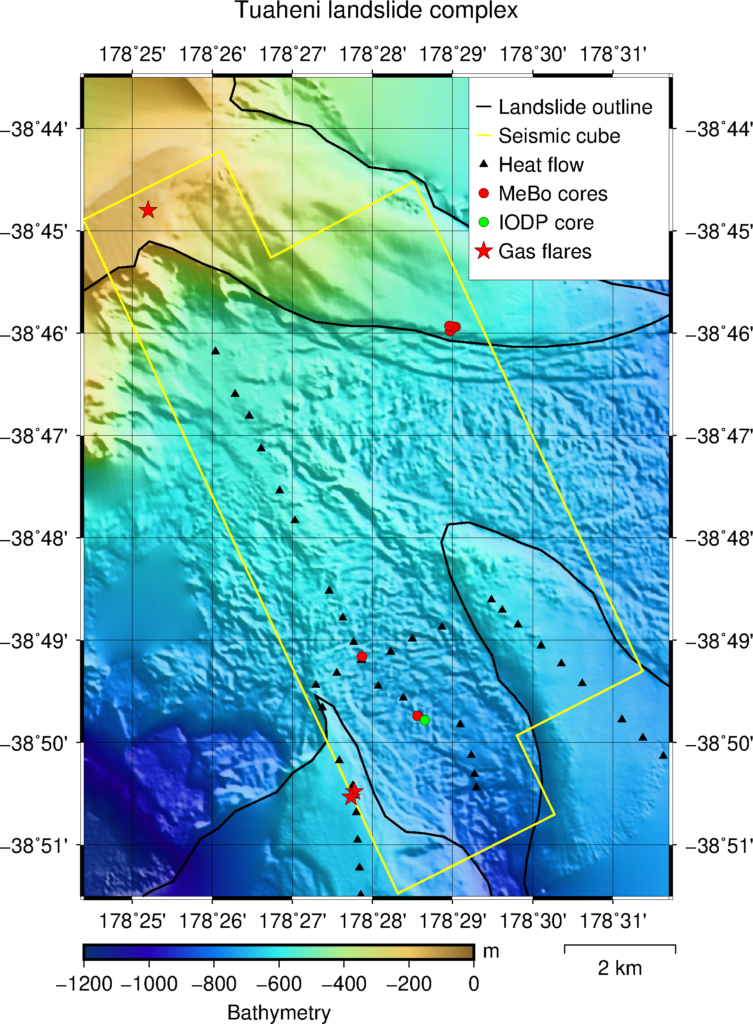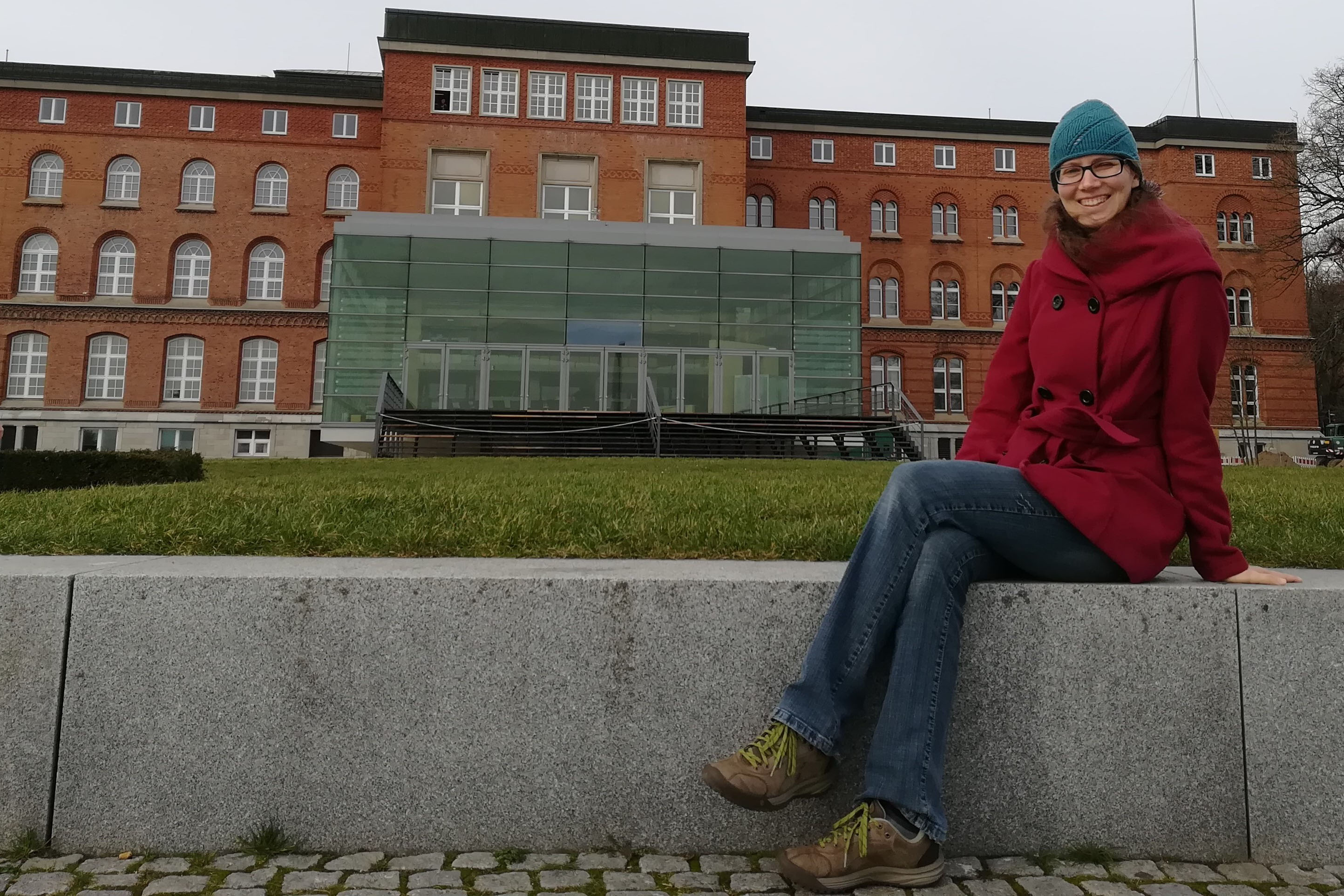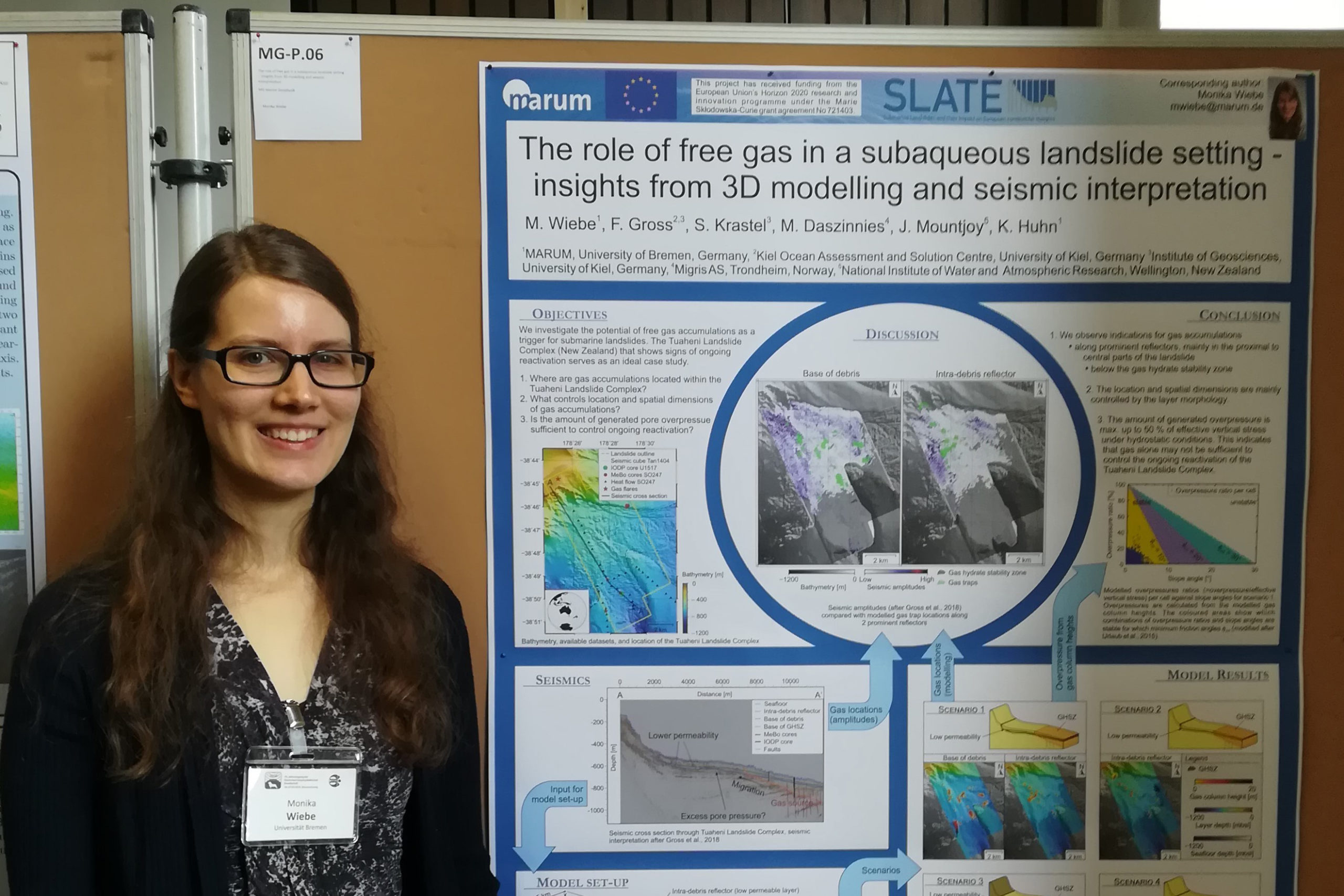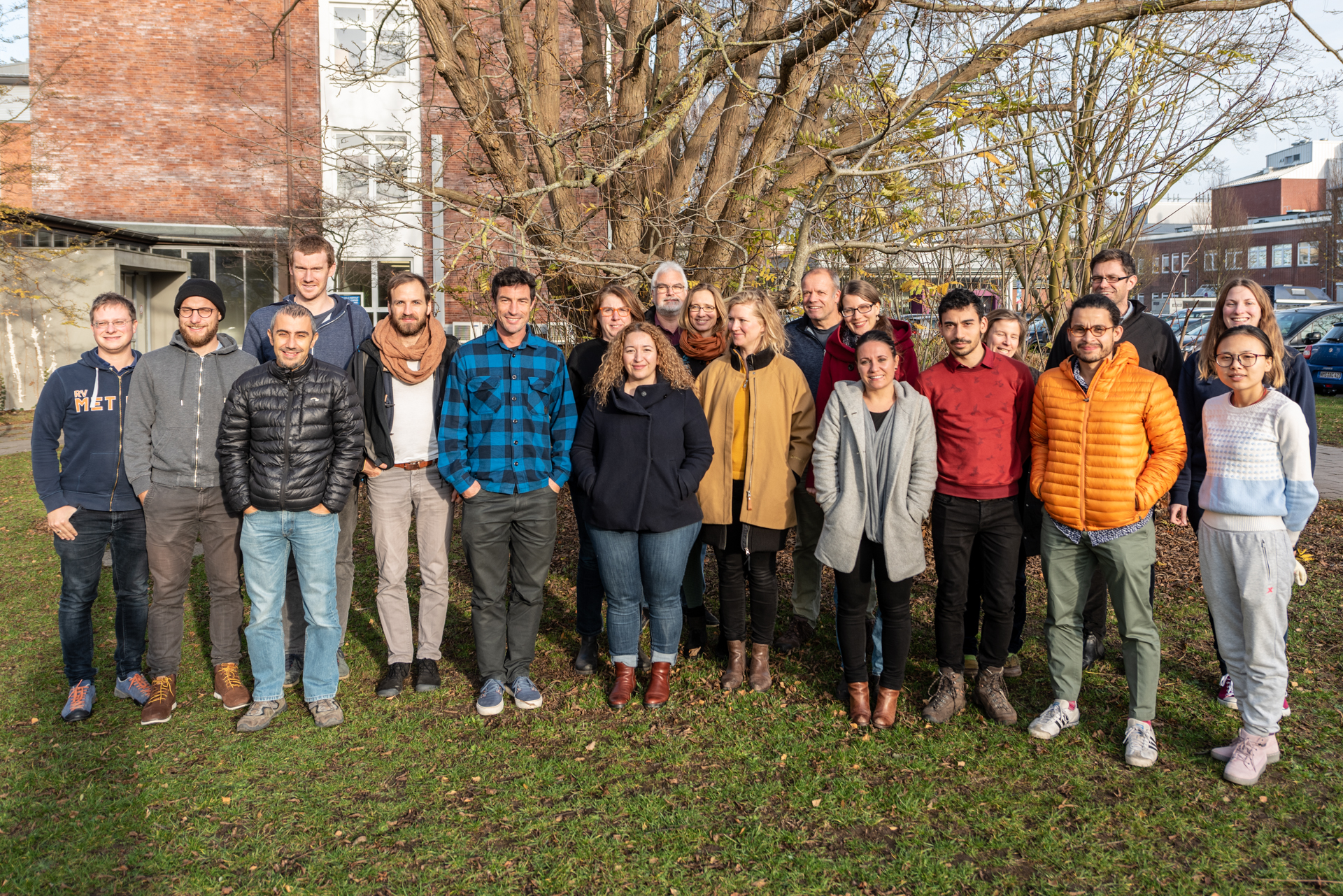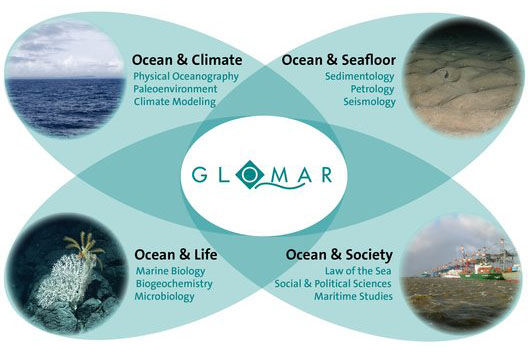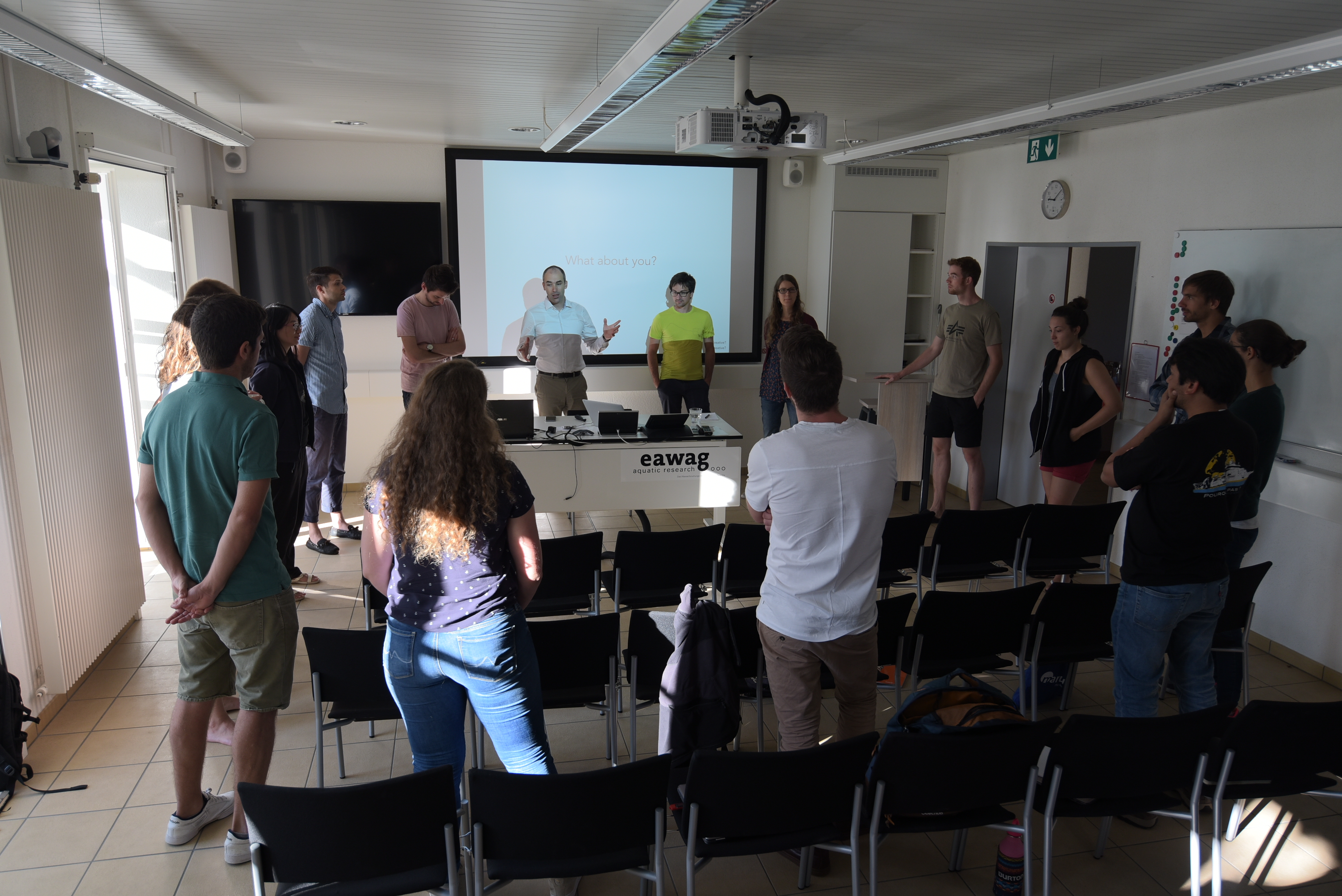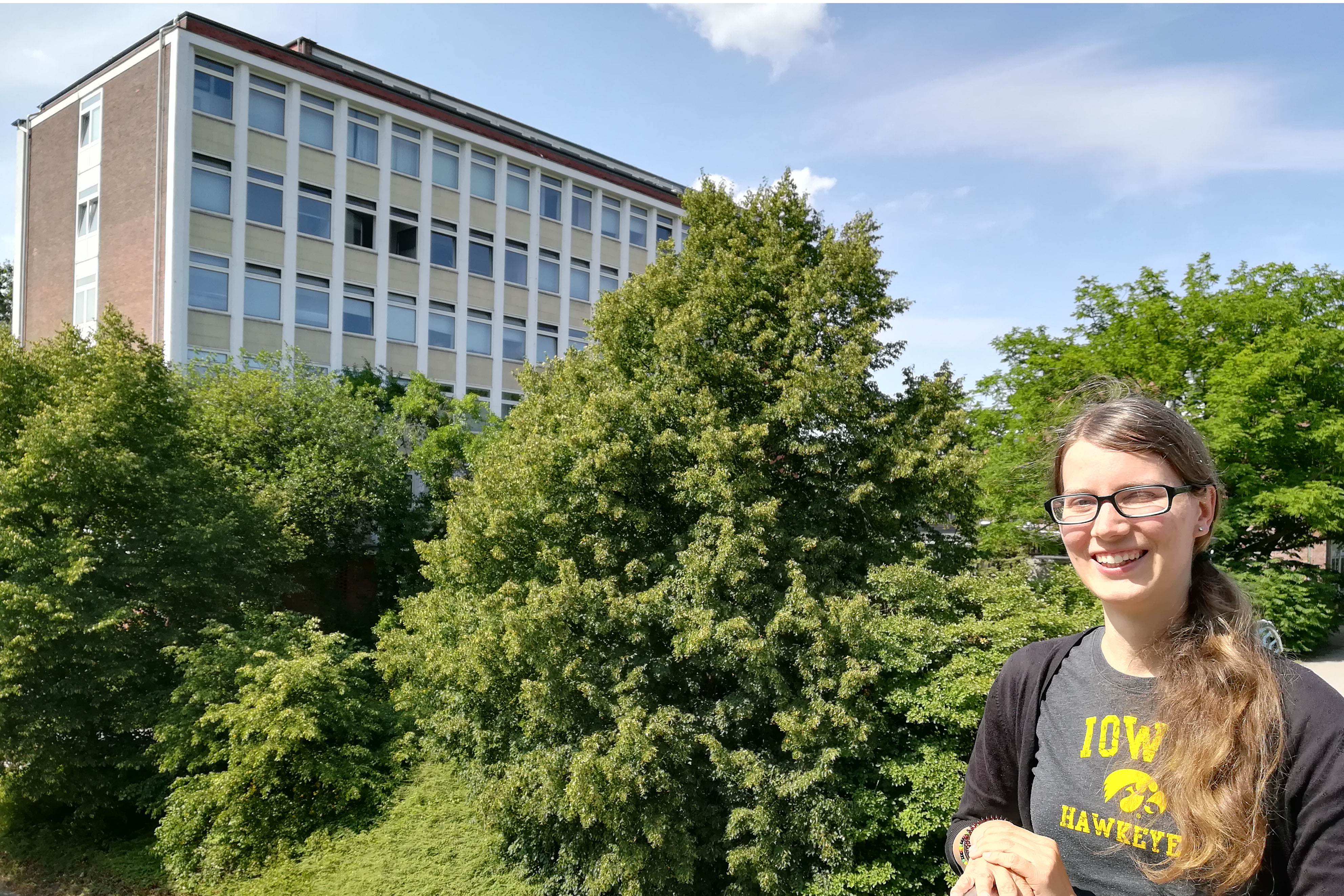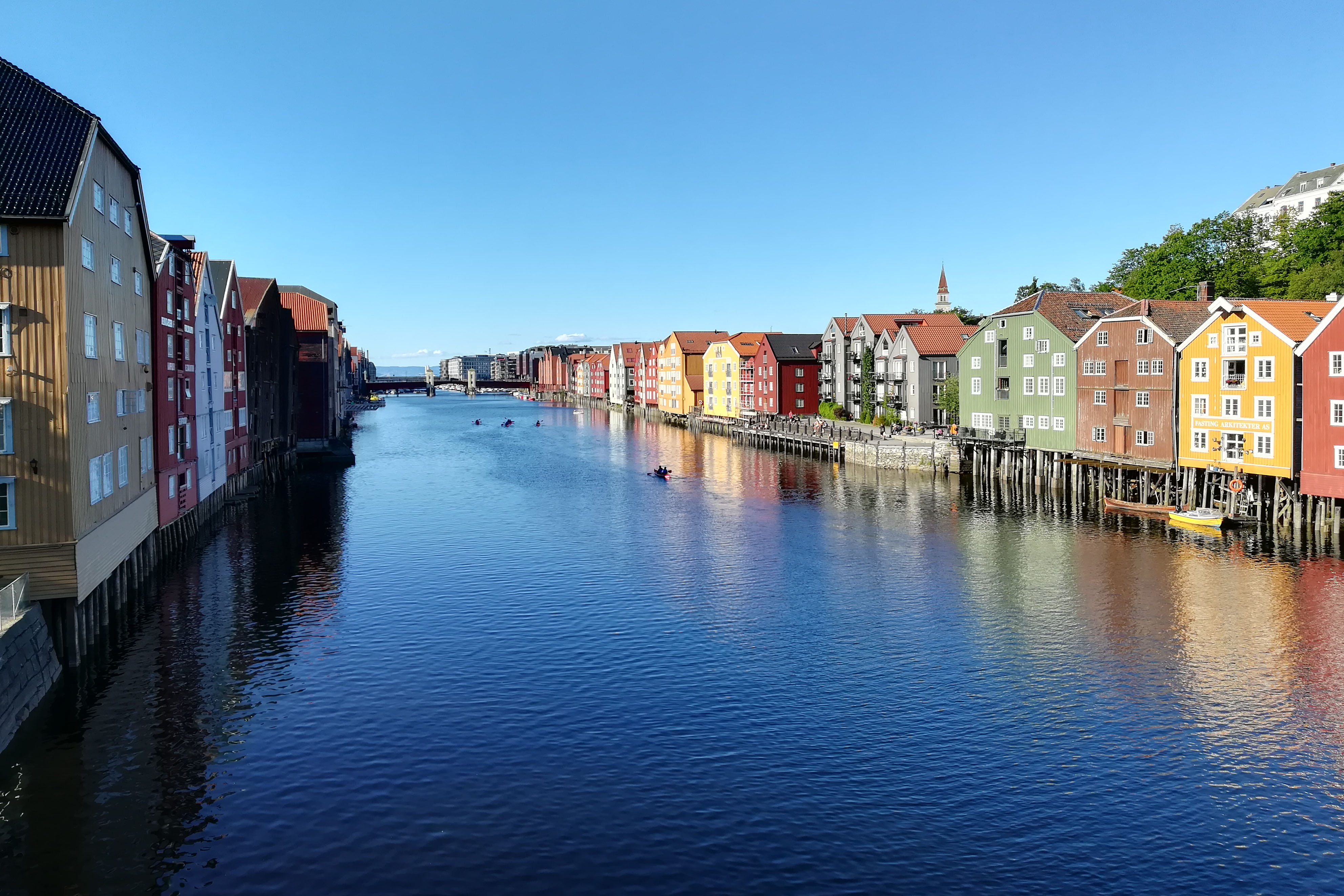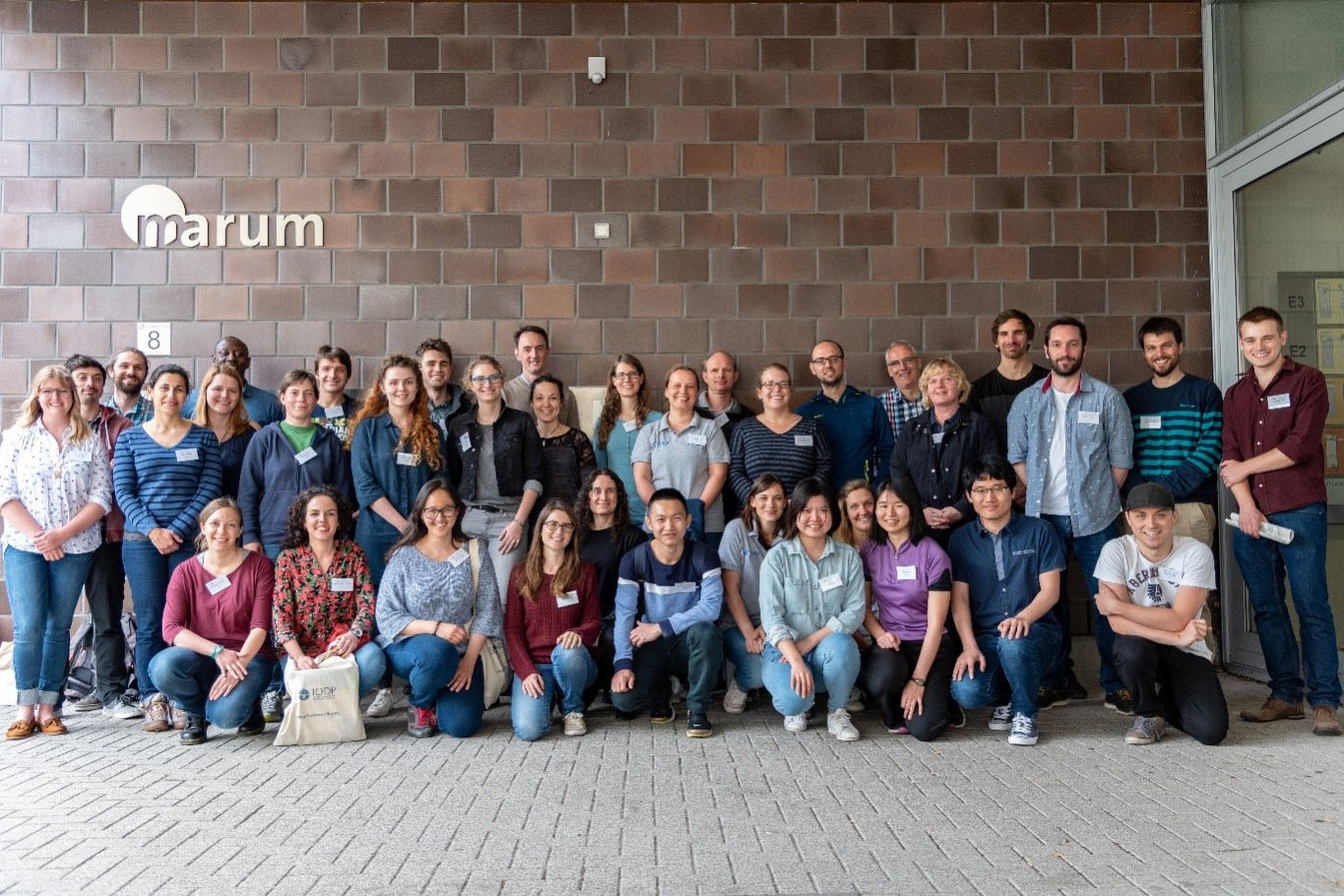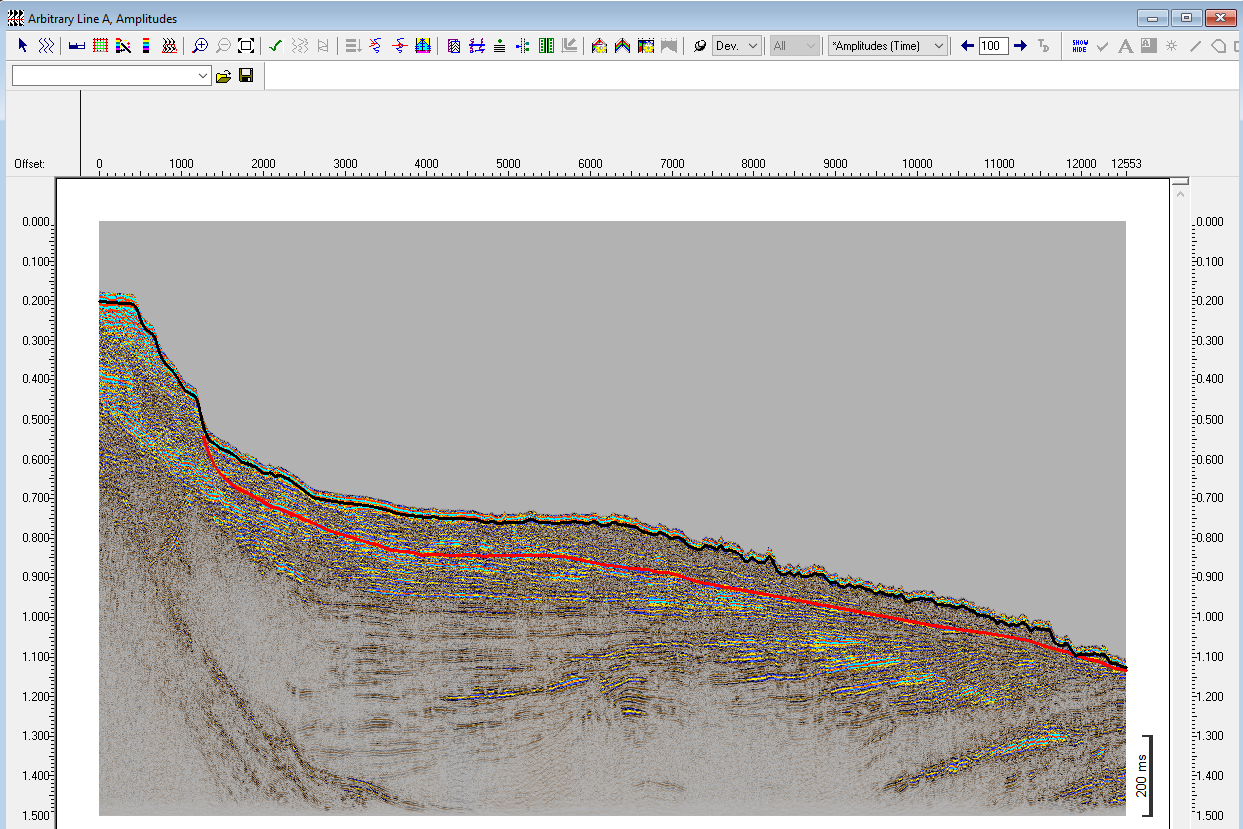
Strain evolution, internal deformation & morphology of landslides as a function of margin architecture
Emiel Hassefras | Marum
Research
Research in submarine landslides is driven by three main questions: why do they happen, how do they happen, and what are their impacts. The SLATE network aims to increase the understanding in all these areas. My personal project targets the why-question, or more specifically the factors that weaken the slope and initiate slope failure.
The physics behind slope failure can be described in a simple way. The sediment in a slope has a certain strength, the shear strength. A number of forces act on the slope, e.g. gravity or stress through seismic activity. If this driving force exceeds the shear strength or resisting force of the slope, it breaks. Consequently, for a slope to turn from an equilibrium state into a state of failure, either the shear strength must be reduced, or the driving force increased.
One way to reduce the shear strength is to increase the pore pressure. This can happen when gas hydrate dissociates. Gas hydrates are solid gas and water mixtures that form in low temperature and high pressure conditions. If these conditions change, due to e.g. a temperature rise, the gas hydrate dissociates, and water and gas is released. The presence of free gas increases the pore pressure, which reduces the shear strength, as stated above.
Now the question remains, what exactly happens when gas is released from gas hydrate? Where does the gas migrate to? Can it actually generate enough pore pressure rise that failure occurs, and how much gas is needed? Furthermore, which influence does the slope architecture have on the triggering of landslides? My project aims to find answers to these questions by using numerical modelling as a method. A modelling software (e.g. COMSOL Multiphysics) allows me to set up the geometry of a slope, relevant physical equations, and physical properties of sediment, water and gas. With this set of of known variables I can simulate a number of scenarios with unknown variables, e.g. the strength and location of a gas source, or location of high- and low-permeable layers. The results illustrate where and under which conditions submarine landslides occur.
One example of slope failure and a resulting submarine landslide is the Tuaheni landslide complex offshore New Zealand. It serves as an ideal case study to set up a model as described above. Gas hydrate has been found there, and the landslide has been thoroughly investigated in recent years, which provides a good data base. The first step of my project is to investigate the effects of gas and gas hydrate on this particular slope. Subsequently I will assess how slopes that differ in slope angle, slope material, location of faults etc. are affected by gas and gas hydrates in different ways. The aim of my project is to develop new conceptual models to evaluate the influence of gas hydrate as well as slope architecture on slope failure in general.
- Modelling of Sedimentation Processes
TEAM
NEWS
2019
ESR 11, News, Secondments
Communication and networking is important to advance scientific results. On this account, researchers have gathered in Kiel to discuss newest developments concernig the Tuaheni landslide complex. Here, Monika reports on her participation in this workshop.
2018
Courses, ESR 11, ESR 7, ESR 9, News
Graduate schools can provide PhD students valuable support in a variety of ways. In this blog, Ting-Wei (ESR 7), Ricarda (ESR 9) and Monika (ESR 11) introduce GLOMAR, the international graduate school for marine sciences in Bremen. Read more about networking opportunities, seminars and offered courses!
expert courses
Courses, ESR 11, ESR 12, ESR 2, News
Being a scientist does not only mean doing hard science everyday – it also requires presenting it to the public. In this third post in the ‘Lake Lucerne Workshop’ series Jonny (ESR2), Monika (ESR11) and Will (ESR12) share their experience of the expert courses on science communication.
@ Christian-Albrechts-Universität (CAU)
ESR 11, News, Secondments
In order to discuss the modelling results of gas flow in a porous medium acquired during her recent stay at Migris AS in Trondheim, Monika conducted a short research stay at the CAU in Kiel – helping her to improve previous interpretations and to adequately represent gas flow in her landslide model.
@ Migris AS, Trondheim, Norway
ESR 11, News, Secondments
With the aim of simulating migration of free gas within the Tuaheni Landslide Complex offshore New Zealand, Monika recently conducted a research stay at Migris AS in Trondheim, Norway. The results serve as input data for a geomechanical model investigating slope stability for different scenarios.
@ MARUM, Bremen, Germany
ESR 11, ESR 2, ESR 3, ESR 4, ESR 6, ESR 7, ESR 9, News
From 23rd to 27th April, a group of seven SLATE ESRs participated in the ECORD Training Course 2018, which took place at MARUM – Center for Marine Environmental Sciences, Bremen. This one-week course provided a “Virtual Ship Experience” and prepared the young researchers for sailing in an offshore drillship expedition.
@ Christian-Albrechts-Universität (CAU), Kiel, Germany
ESR 11, News, Secondments
The European training network SLATE brings together young scientists that are focused on studying submarine landslides, which are underwater mass movements. We use different methods to dig deeper into the questions of why, how and when landslides happen. My preferred method is numerical modelling in which I use computer programs to rebuild an underwater slope. Then I run a number of tests to figure out what makes this slope unstable and eventually break. The goal of this approach is to draw conclusions for landslides in general.


